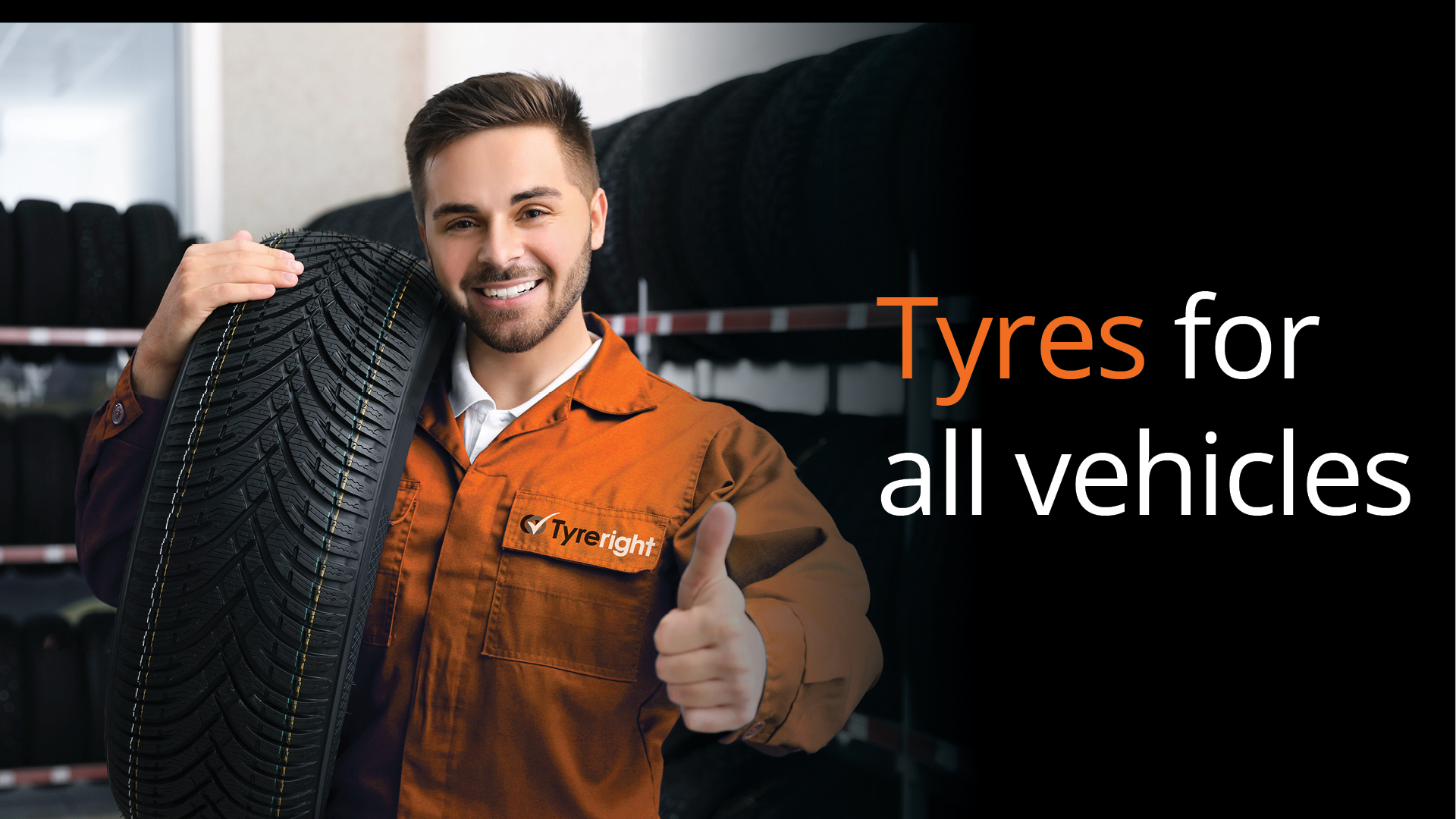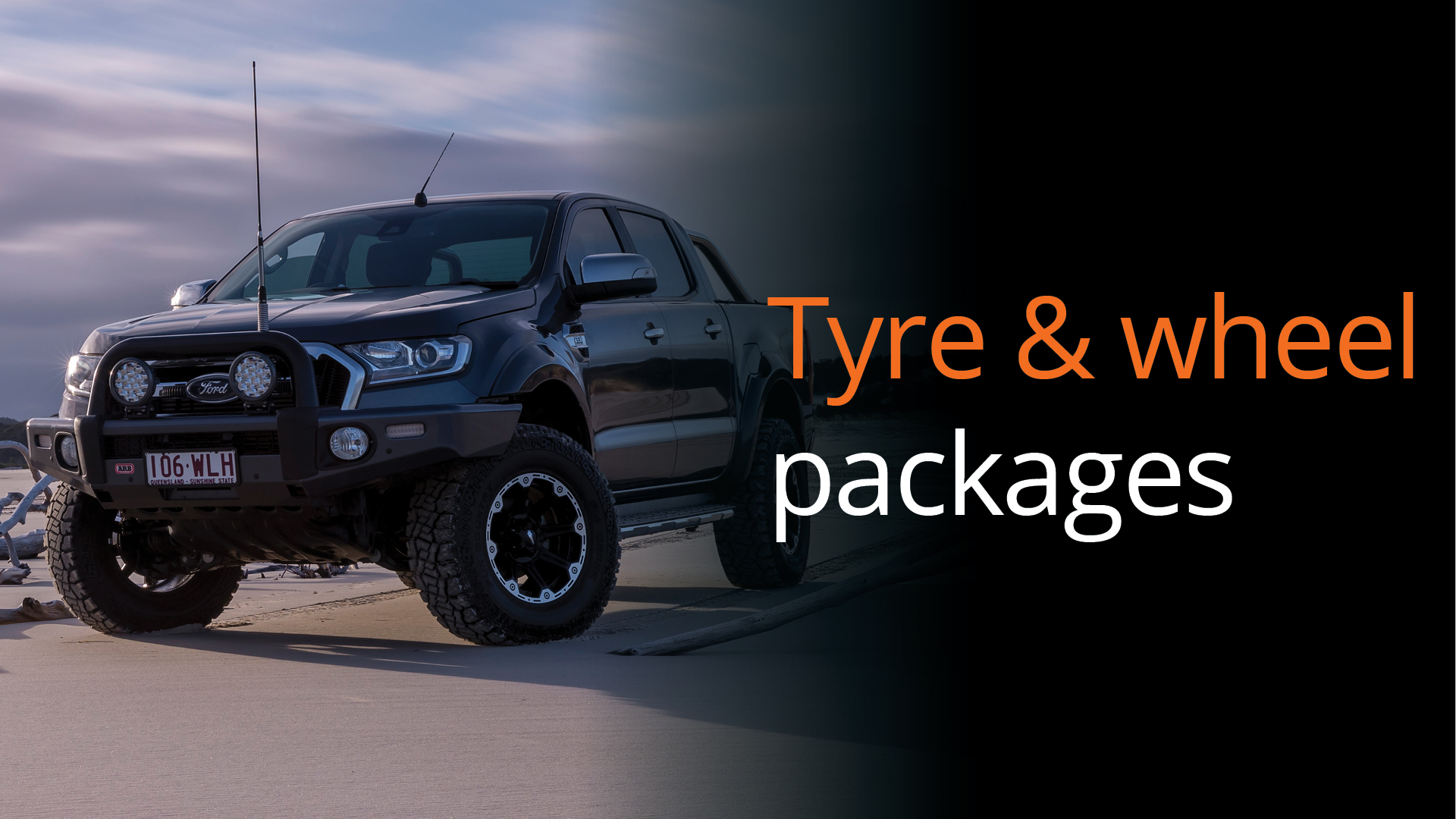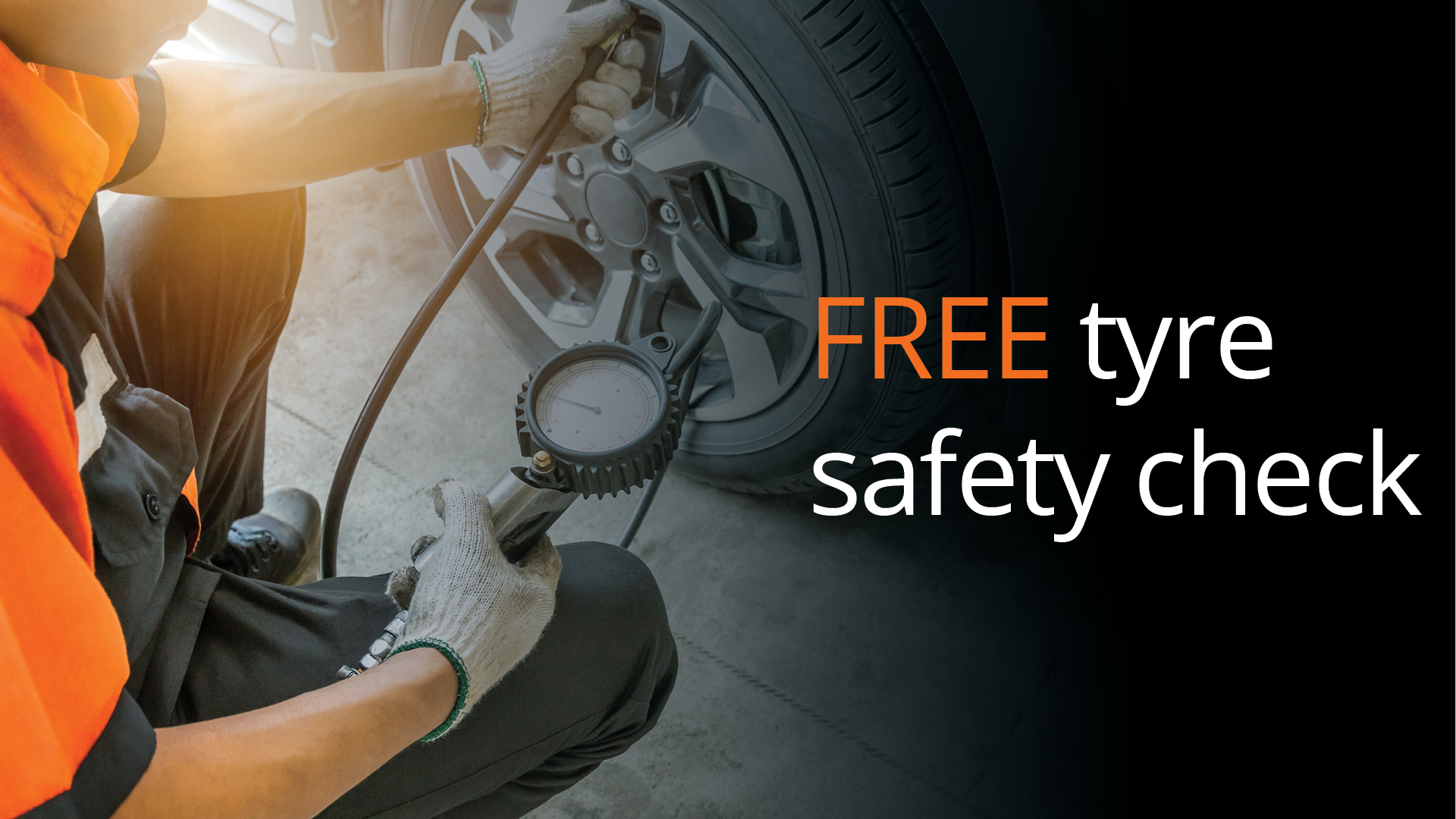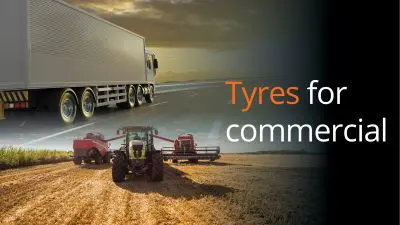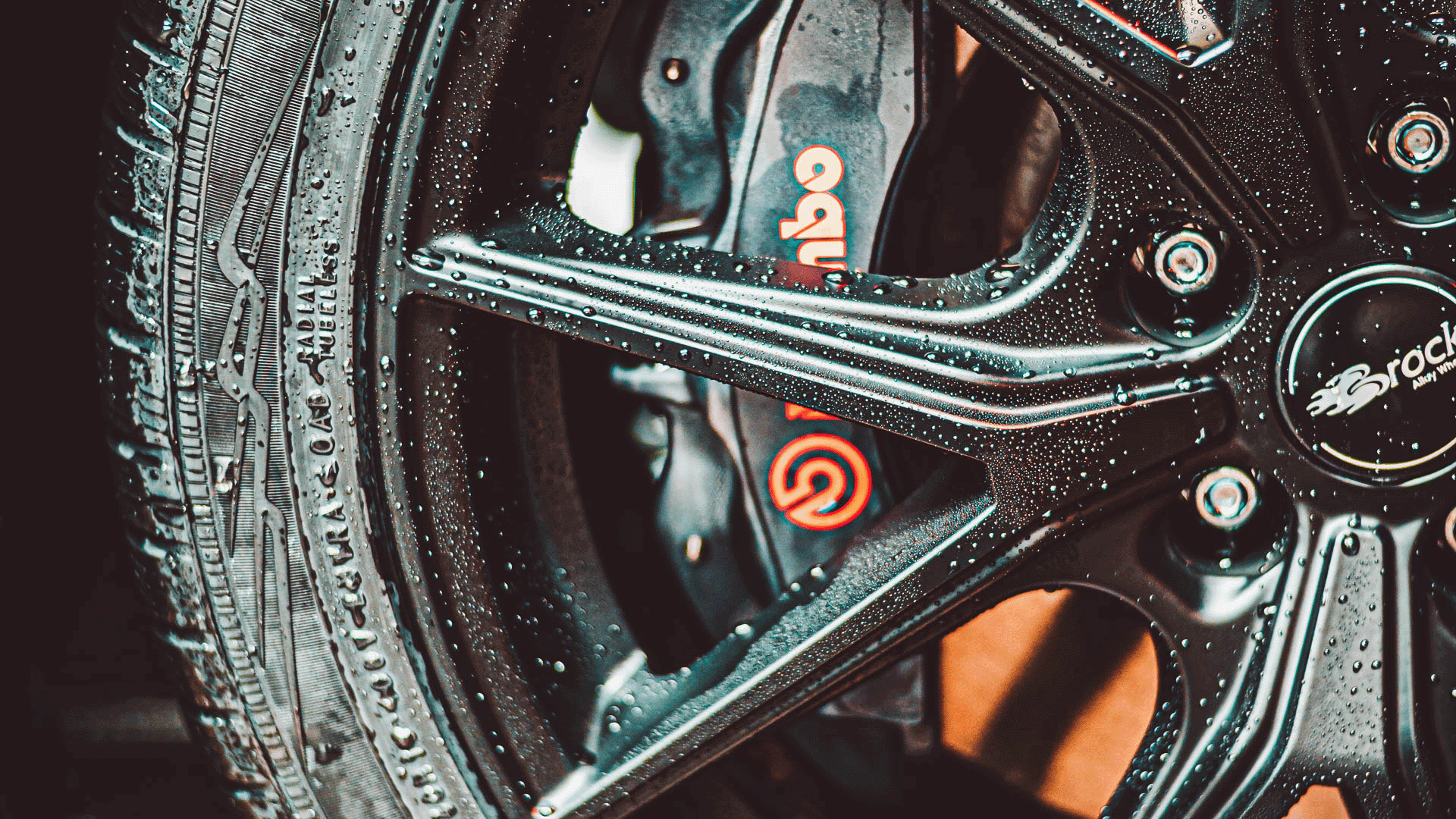How to find your speed rating
The sidewall of your tyres will have a load and speed rating listed closely to the size of the tyre. These are displayed in the form of a number (load) and a letter (speed). For example, 94H or 102V. In the case of a 94-rated tyre, you can see in the table below that it would have a rating of 670kg.
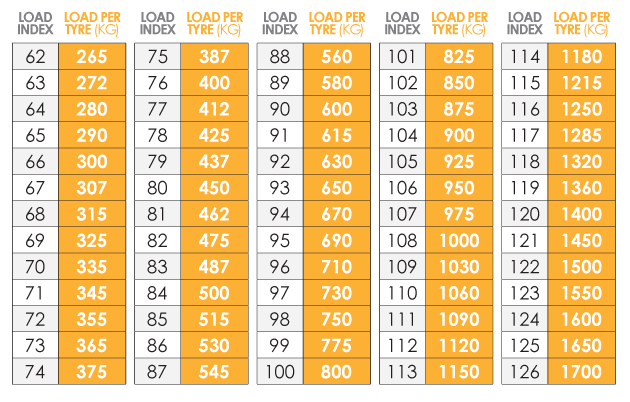
Load ratings indicate the maximum safe load a properly inflated tyre can carry.
A tyre can exceed the ratings listed on the placard but a tyre with ratings lower than those on the placard should never be fitted to your vehicle.
Speed ratings are used to indicate the maximum speed the tyre can carry its listed load at. Again, looking at the table below we can see that a tyre with a speed rating of H can carry its load at a maximum speed of 210km/h.

The speed rating indicates the maximum safe operating speed of a tyre when loaded according to its load rating.
As you can see in the table, most speed ratings actually exceed the maximum speed limits in Australia. The speed limit must be observed at all times. A higher speed rating for the tyre does not in any way imply that it is safe to exceed the speed limit.
It’s also important to note that every vehicle has a placard, usually in the glove compartment or on the inside of the driver’s side door that lists the correct tyre information for the vehicle. This includes the correct pressure to inflate your tyres to and the minimum speed and load ratings a tyre should have. If you’re ever unsure about which speed and load ratings suit your needs, feel free to ask one of our helpful team using our live chat feature.
Another factor to consider when selecting tyres with the appropriate load and speed ratings is how you use your vehicle. If you frequently tow a trailer or carry heavy loads, opting for tyres with higher load ratings can provide added safety and performance benefits. However, it’s essential to ensure the tyres’ load and speed ratings still comply with the recommendations listed on your vehicle’s placard. Upgrading to tyres with higher load ratings can offer increased stability and durability when your vehicle is subjected to heavier weights.
Temperature and road conditions can also affect a tyre’s performance, and in some cases, may require tyres with different speed ratings. For example, driving in extreme heat can cause tyres to wear faster, while driving on icy or snowy roads can reduce the tyre’s grip on the surface. In such situations, it may be beneficial to choose tyres with higher speed ratings to ensure optimal performance and safety in varying conditions. However, always consult with a tyre professional before making any changes to the recommended speed and load ratings for your vehicle.
In summary, selecting the right load and speed ratings for your tyres is crucial for maintaining the safety and performance of your vehicle. Always refer to your vehicle’s placard for the recommended ratings and consult with tyre professionals if you’re unsure or considering a change. By choosing the appropriate load and speed ratings for your driving needs, you can enjoy a safe, comfortable, and efficient driving experience.
Our team of tyre experts are available to help at any one of our stores. Take advantage of our free tyre health check.


